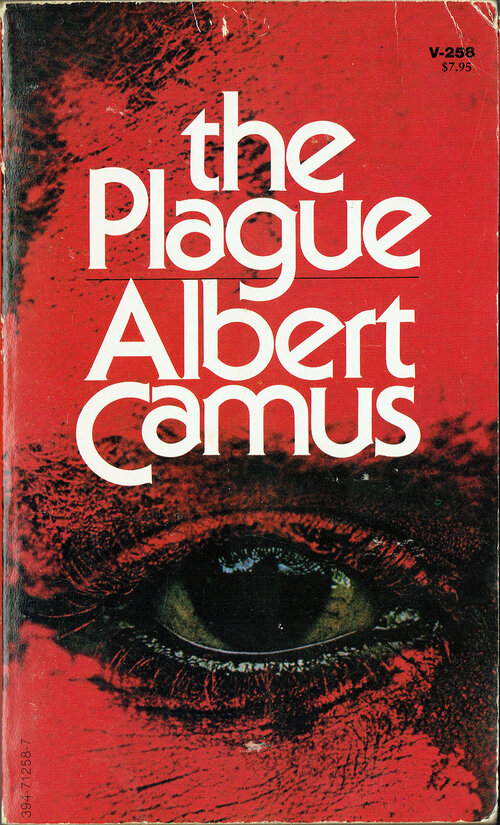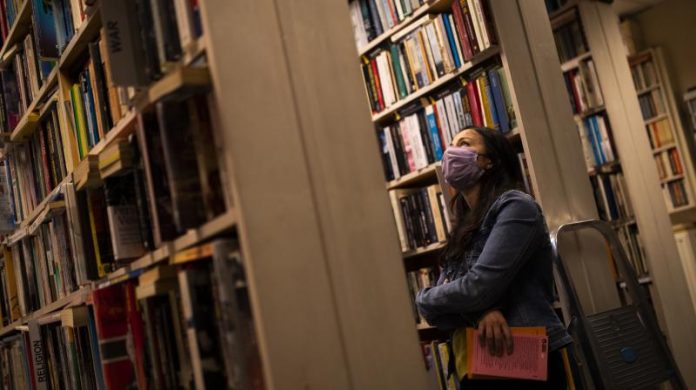Pandemics are not unknown to the world. We are undergoing one currently. Empty streets, closed shutters, the eerie silence of what was once the hustle and bustle of the city, bad news, video conferences, and virtual parties, seeing our loved ones in a small corner of the screen, we are slowly getting habituated to the tremendous changes around us. What many of us seek right now, is hope. Hope for things to return to normal, hope for a vaccine or cure, hope to meet our friends and family, hope to get back to all things we took for granted. While everything else takes a backseat, health and safety become our topmost priority.
While pandemics and quarantine were initially an alien concept for many, literature has always been home to numerous stories narrating the trials and tribulations of diseases, plagues and the lives of those experiencing it. Devastating epidemics have impacted the lives of many writers around the globe and have manifested in the form of stories, poems and novels, some of which we treasure even centuries later. These stories give readers realistic insights into the restrictions and changes that these circumstances bring with it. They also provide comfort and solace through these stories and give us the hope that we look for. It helps us understand that we can overcome any difficult situation and make the best of the worst times and makes us realize that we are not alone. We understand that the world of today was shaped by the ghost of pandemics past.
I remember the first time I came across the word ‘quarantine’ in Malory Towers, an Enid Blyton children’s book. The characters have been in quarantine for mumps, measles, and whooping cough, all contagious diseases common in England during those days. Their school matron, a real stickler for rules, asks them to produce a health certificate stating that they haven’t been around any sick people when they return to school after vacations. Failure to produce a health certificate would result in the students being isolated until they get a certificate.

The Plague, by Albert Camus, is eerily familiar to what we see around us today. Filled hospital beds, increasing death tolls, quarantined homes, and sealed towns, the story narrates the town of Oran battling the deadly bubonic plague. The situation worsens after a few months and as people try and escape town and the authorities impose a curfew. Here’s a famous excerpt from the book.
“Everybody knows that pestilences have a way of recurring in the world, yet somehow we find it hard to believe in ones that crash down on our heads from a blue sky. There have been as many plagues as wars in history, yet always plagues and wars take people equally by surprise.”
Mrs. Dalloway by Virginia Woolf portrays the long-lasting impacts that viruses and diseases have on our body, mind, and the community. The protagonist Clarissa recalls her experience battling the virus and her journey to recovery. The earlier empty streets of London are now filled with the noise and bustle that cities bring with them. She mentions how London is healing from the virus and how her near-death experience has changed her perception of reality and reminded her of her own perishability.
Edgar Allen Poe’s short story ‘The Masque of the Red Death’ written in 1842 depicts the failure of authority and governance in terms of appropriate response to the plague. The Red Death, a fatal disease that causes severe bleeding was ignored by the monarch. Prince Prospero instead hosts a masked ball and gathers around a thousand citizens at a luxurious place. An excerpt from the story:
“The external world could take care of itself. In the meantime, it was folly to grieve or to think. The prince had provided all the appliances of pleasure.”
The author gives a detailed description of the festivities and personifies the plague as a human-like guest who arrives at the ball and takes the life of the prince’s life and the attendees of the ball.

A record of the 1918 Spanish Flu which claimed around 12-17 million lives in India alone, is found in ‘Twilight in Delhi’ by Ahmed Ali. An excerpt from the book: “They did not bother to see that the grave was properly dug or deep enough or not. They had so many more to dig.” The book calls Delhi, a city of the dead and how the people remain true to their traditions and make songs and sold them.
Some writers coped with personal losses through writing about them as a form of catharsis. The Hindi poet Suryakant Tripathi lost half his family, including his wife and daughter in the 1918 influenza. He narrates how there were no wooden logs left to cremate the dead.
Another famous book ‘Love in the Time of Cholera’ by Gabriel Garcia Marquez, is a love story revolved around the outbreak of the epidemic cholera. An excerpt from the book: “After the first two weeks of the cholera epidemic, the cemetery was overflowing and there was no room left in the churches.”
There are many other books and novels narrating the outbreaks of various diseases and trying times. A few of them being ‘Station Eleven’ by St. John Mandel, ‘The Last Man’ by Mary Shelley, ‘Oryx and Crake’ by Margaret Atwood, ‘Pale Horse, Pale Rider’ by Katherine Ann Porter and many others.
The ultimate learning from all these narratives and writings is human resilience. Calamities and difficulties are a part of our lives and it is possible for us to overcome them and emerge stronger. All these stories depict losses and personal tragedies, but life goes on. A few years down the lane, when we find things to be normal, we will look back to this time and narrate stories that shaped our today. How characters build themselves and society makes it a perfect read for us during this pandemic to make sense of the strange times and how to cope better and comfort ourselves and have hope.






























